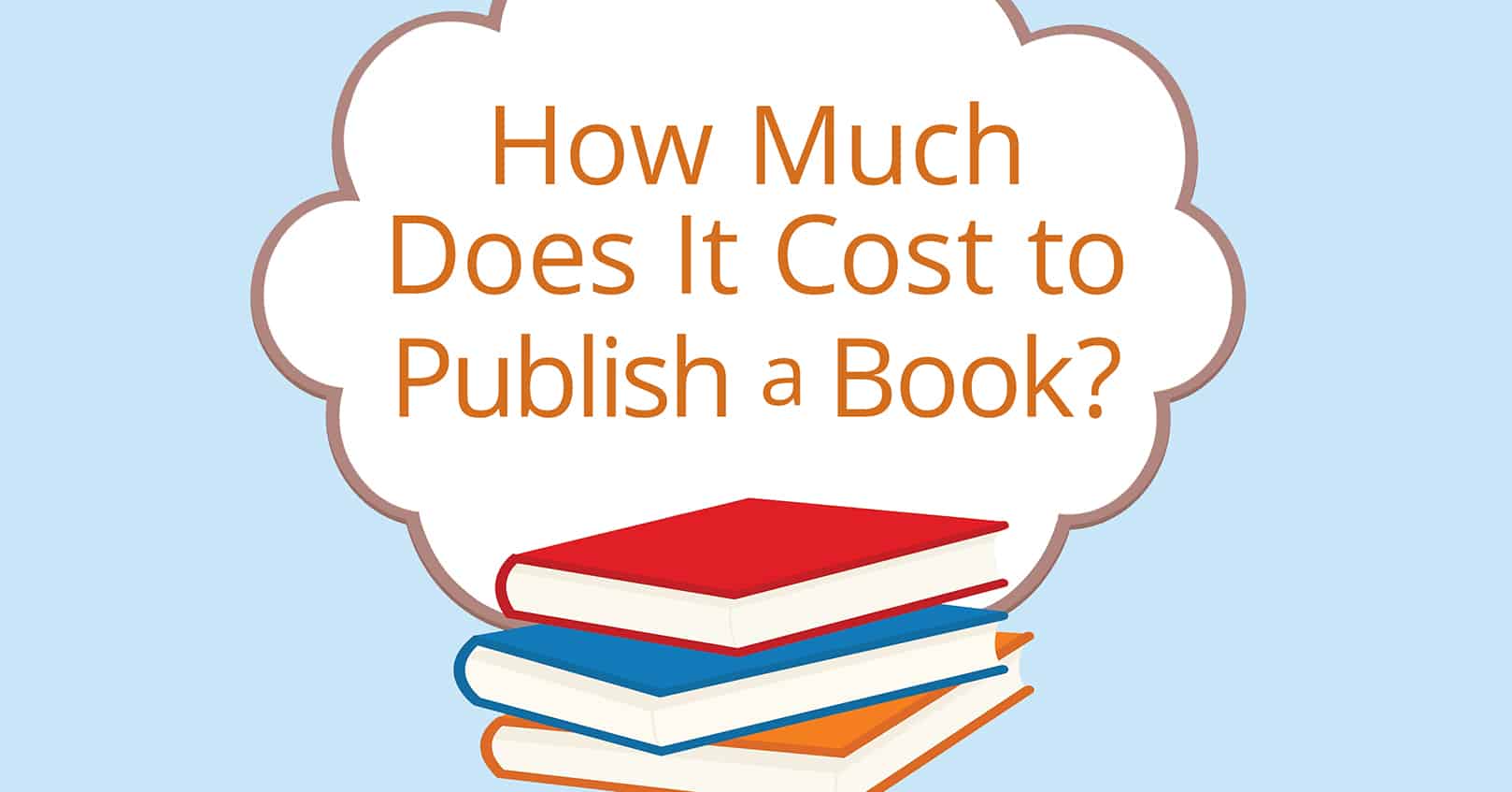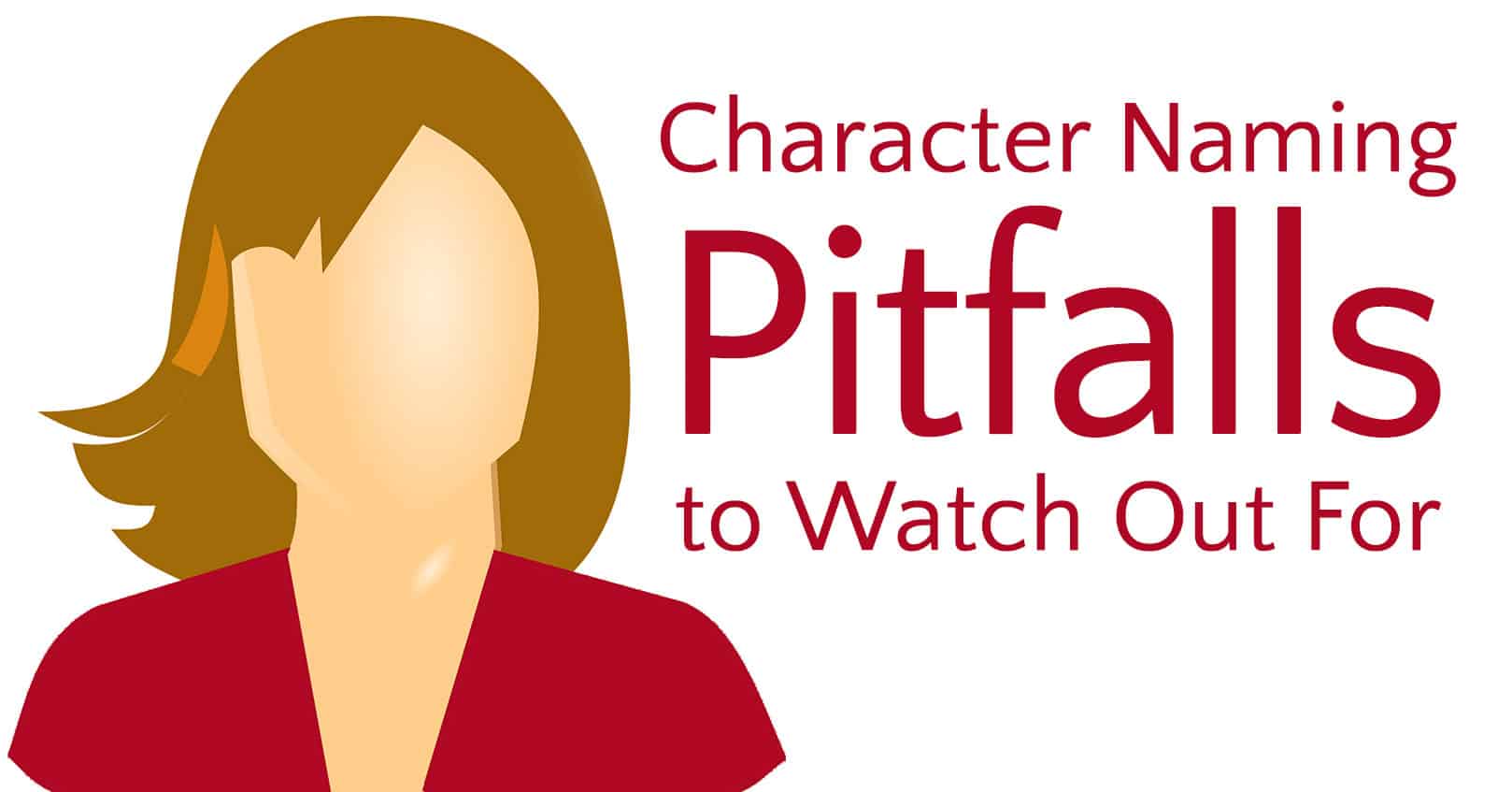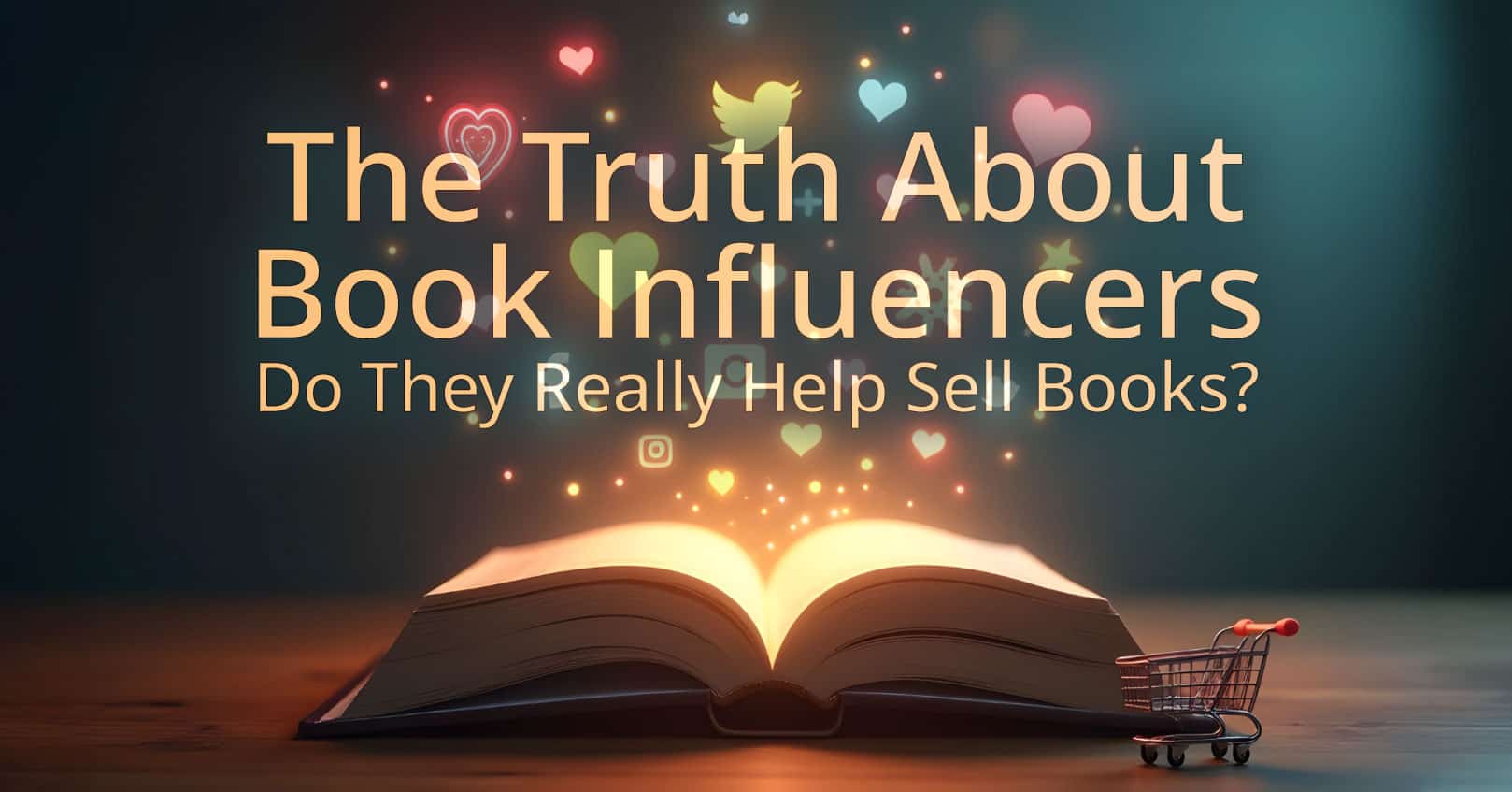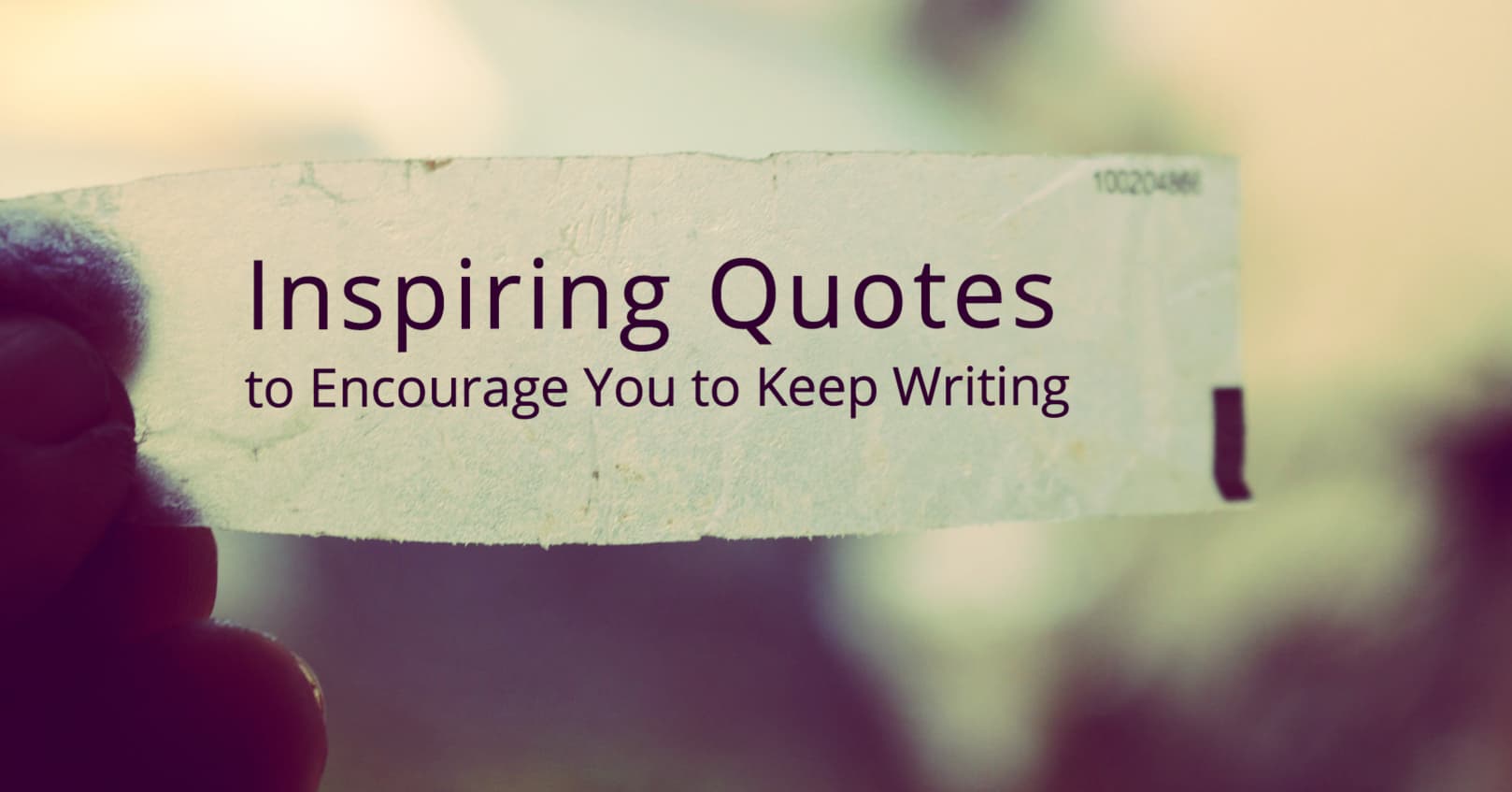
If you’re interested in self publishing, you may be asking, how much does it cost to publish a book? Here is a brief overview of the expenses you’ll face and tips about how to shave a few bucks off the bottom line.
Editing
For your book to sell well, you need to have it edited by two professional copy editors (not just someone who likes to read) before publishing. Copy editors catch typos, punctuation errors, capitalization errors, spelling errors, grammar errors, sentence structure errors, word choice problems, and some smaller plot inconsistencies. Don’t be tempted to skip outside editors and do it all yourself. While you can make your manuscript fairly clean if you are a good editor, you will never catch everything, or even most everything. You are too close to the story.
Editing costs vary depending on how clean your book is when you send it to your editors. To get the lowest editing costs, be sure to thoroughly self-edit your book first. Listening to the computer read your book aloud after you are finished writing and editing can drastically cut down on errors. Before sending your book to editors, you can save on editing costs and improve your story line by giving your book to a few competent beta readers, whose only cost is getting an advanced copy of the book. (Note that some authors also send betas an autographed print copy of the final book when it is published.)
If you’re writing your first book, you may want to have a substantive editor go over your book before sending it to the copy editors. A substantive editor makes sure your characters’ actions are believable, that the plot and writing flows well, that there aren’t awkward sentences, that dialogue is smooth and believable, and that your story “shows” instead of “tells.” Basically, they look at bigger ticket items than copy editors do. If you’re a more experienced writer, or you have very good beta readers, you might be able to save the cost of a substantive editor.
Here are average editing costs (again, they’ll vary based off of the length of the book and how well edited it already is).
Substantive Editing: $1,000–$1,500
Copy editing (per editor): $500–$800
Additional ideas to save money on editing
Try using three less experienced copy editors who are building their clientele. These could include newly graduated editing students. Or exchange with other authors who are good at finding errors.
Cover Design
A professional, attractive cover is important if you want your book to sell well. It is the first thing potential buyers see. Authors often cut costs by creating their own covers. But be sure you learn about cover design before you jump in! If you want to try making a cover yourself, check out our three-step tutorial on cover design. If you do end up using your own design, make sure you get plenty of feedback on it.
If you don’t have the time or ability (or the will) to learn how to make a great cover, it’s best to hire a designer to do it for you. When hiring a designer, how picky you are will affect the price, since some designers charge by the hour or number of drafts they must do.
Cover Design: $200–$600
Note that some designers will charge far more, but you can usually get an attractive cover for the above cost.
Additional ideas to save money on cover design
You can try exchanging services that you do well with other authors who know cover design. You can also ask for several bids from different designers. Having some idea of what you want before you approach a designer will help your bottom line and result in a cover you’ll love.
Ebook Formatting
You need an ebook if you’re self-publishing. They’re easy to format and easy to advertise; you’ll get most of your sales from your ebook.
Ebook Formatting: up to $100
If it’s nonfiction and you have a lot columns, images, or tables, it’ll cost more.
However, formatting your ebook is easy to do yourself, so it’s one of the best ways to trim publishing costs. We recommend using Jutoh because it’s good for both beginners and professionals and it’s cheap to buy. For more tips on designing a professional ebook, including what you should include in your ebook and design elements you should use, check out this post.
Additional ideas to save money on ebook formatting
Ebook formatting is generally far easier than print. To save money, consider paying someone to teach you how to do it, or exchange services.
Typesetting (Print)
If you want to sell a print copy of your book with print-on-demand, you’ll need to typeset your book. Adobe InDesign is the standard for typesetting, but some authors cut costs by using Word. Note that Word is not a print layout program and learning how to make it behave can be challenging. When you send your novel to a typesetter, be sure to also include an image of the cover and a list of the fonts used on the cover (the designer should use one or two of those fonts in the book, like in the running head or the chapter title).
Typesetting of a fiction novel, without complicated elements (like subtitles, tables, and charts) will cost you less than a more complicated book, although the cost also depends on book length and how many images and other design elements you want to include.
Simple InDesign Typesetting: $200–$500
Complicated Typesetting: $1,000
Typesetting is one of those things that people only notice if it is done poorly; it doesn’t have to (and shouldn’t) be very fancy. So you should be able to stay on the cheaper side of this pricing. Just make sure you see samples of some of the other books that the typesetter has done: a well typeset book should be readable, in a serif font, with indents on the paragraphs (.25 of an inch). There should be no extra spacing between paragraphs (but they shouldn’t be crammed together vertically either), no widows and orphans. Something nicer on the first paragraph of a chapter (like drop caps or all caps on the first few words) makes a huge difference, there should be scene break images/symbols instead of asterisks, and there should be no indentation on first paragraphs after a scene break.
Additional ideas to save money on typesetting
To save money on typesetting, consider paying someone to give you a tutorial. There are also books about how to typeset in Word, which is a program you likely already have, but realize there will be a learning curve for both.
ISBN Cost
If you’re publishing a print book, you need an International Standard Book Number or an ISBN. You can buy ISBNs from Bowker or from Amazon or other on-demand printers.
ISBN Cost from Bowker: $125 (for 1), or $295 (for 10), and $595 (for 100), can be used everywhere
Amazon ISBN Cost: Free for use only on Amazon
For an ebook, you only need an ISBN to distribute in libraries and smaller retailers (many distributors, such as Smashwords and Kobo, will distribute your book to several small and international retailers). You can also get a free ISBN for your ebook through Smashwords. However, an ISBN usually isn’t needed for your ebook unless you are trying to make a best-seller list, and then you’ll definitely need one. You can not use the same ISBN for your print and ebook versions, but you do not need separate ISBNs for epub or mobi.
Summary
Here are the average sums for how it costs to publish a book.
Highest cost: $4,925
Average Cost: $3,062
Lowest cost: $1,200
Exchanging with authors, designers, and editors: you can get this costs down to zero (plus any software you need) if you are willing to put in all the time and do the footwork. But keep in mind that for every exchange you do, that’s more time away from writing. Most indie authors find it far more cost effective to pay experts to help them so they can put their efforts into writing more and more books.
Do you have questions on how much it costs to publish an ebook? If you have self-published books, how much did it cost you? Let us know in the comments below!















Comments